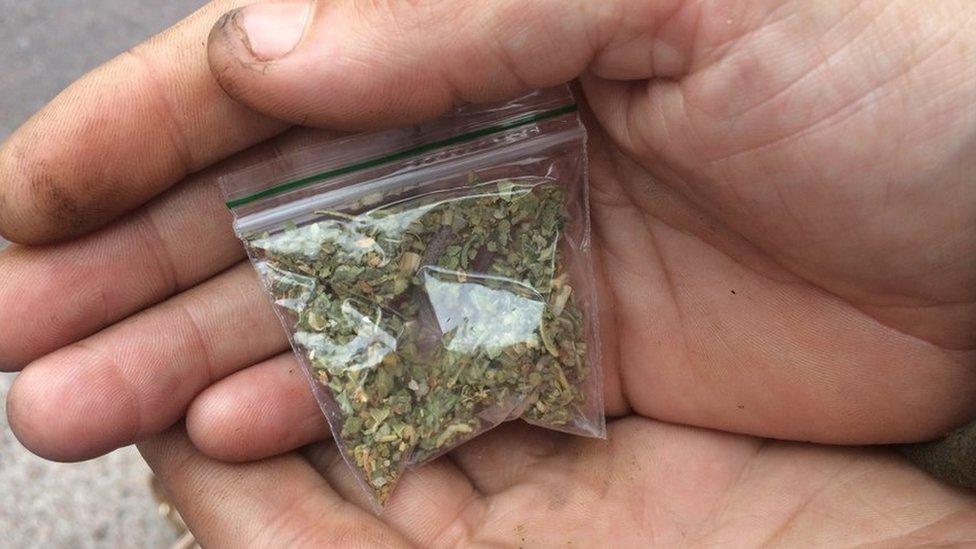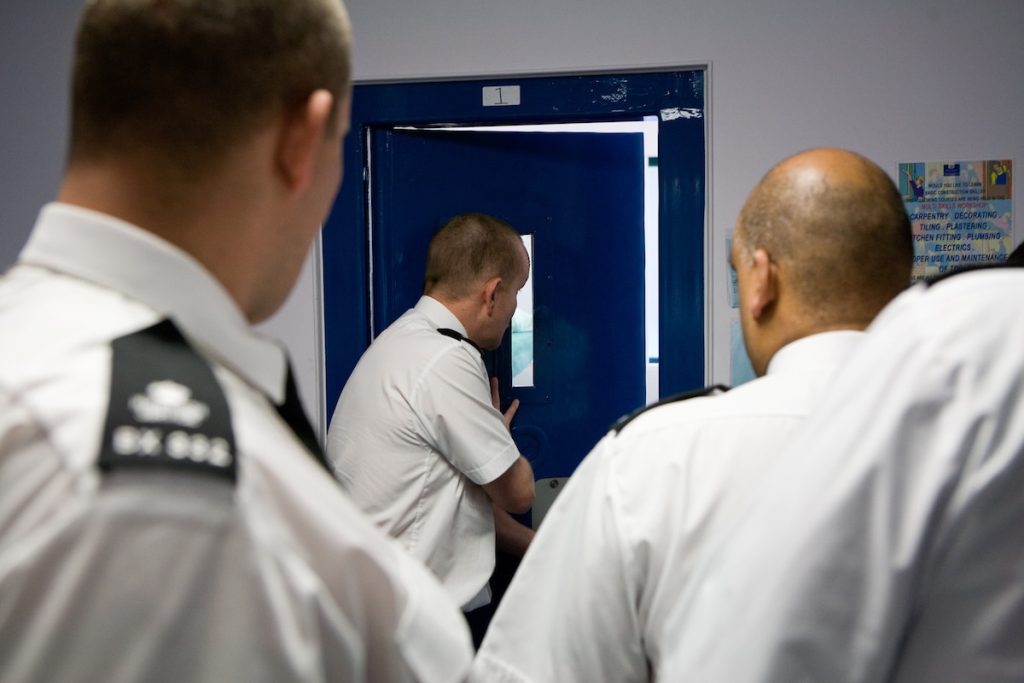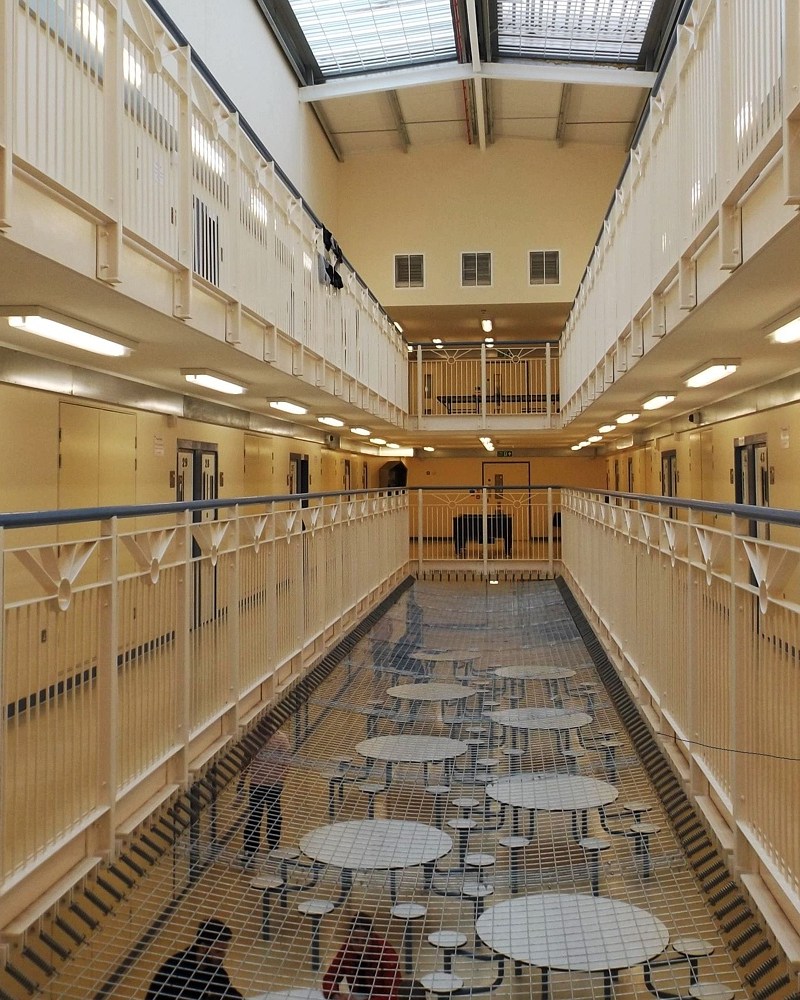NEARLY 900 DRUG FINDS, 17 DEATHS IN A YEAR, AND INMATES LOCKED UP FOR 21 HOURS A DAY
A DAMNING inspection report into one of the UK’s largest prisons has revealed a shocking collapse in standards at HMP Parc in Bridgend, where widespread drug use, soaring violence, and 17 inmate deaths defined a year of crisis.
The prison is the nearest long term jail to Pembrokeshire with hundreds of inmates there from our local area.

The unannounced inspection in January 2025 uncovered nearly 900 incidents of drug finds in 2024 alone, with half of prisoners saying it was easy to get drugs inside. On the prison’s A and B wings, 70% of inmates said drugs were easy to obtain, and 34% admitted developing a drug or alcohol problem after arriving.
The prison, privately run by G4S, was once hailed as a flagship establishment. But the report by HM Chief Inspector of Prisons lays bare the reality of a facility overwhelmed by addiction, violence, and staff turnover, all following a change in management contract and the departure of the respected long-time governor Janet Wallsgrove.
“The prison had become far too violent,” the report states, with a 60% rise in recorded self-harm since the last inspection. Between February and May 2024 alone, eight inmates died from suspected drug-related causes, many linked to synthetic opioids like nitazenes.
SHOCKING FINDINGS

894 drug finds in a year—more than any other similar prison
17 inmate deaths in 2024, including multiple overdoses
30% of all drug tests were positive
Up to 21 hours a day in cells for many prisoners
Self-harm incidents up 60% since 2022
41% of inmates reported being bullied by other prisoners
Inspectors found that many prisoners were left idle, with poor access to work, education or training. Nearly a fifth were unemployed and locked up for most of the day. Even those motivated to work or learn were trapped by delays in allocation.
“The regime was inconsistent and left many inmates bored, frustrated and hungry,” the report adds. Food was deemed inadequate by the majority of prisoners, with meagre portions and little fresh produce. The prison shop lacked healthy options, and fruit and vegetables were scarce.
LEADERSHIP TURMOIL AND DRONE DELIVERIES

After Wallsgrove’s departure in 2023, her replacement lasted less than a year. The management vacuum coincided with a new contract awarded to G4S, a transition that “destabilised the prison” and saw violence and drug use spiral.
Despite an impressive effort from security teams—who intercepted 894 drugs packages—illicit substances continued to pour in. Parc became a prime example of drone-facilitated trafficking, with deliveries often targeting vulnerable windows in cells.
The prison had no enhanced gate security for staff, and the rollout of secure windows was still ongoing at the time of the inspection. Drug-detection tech developed with Bath University was one of the few bright spots, but inspectors said it was not enough to stem the tide.
The disciplinary system was also in disarray. In 2024, over 5,000 adjudications were recorded, a quarter of which were abandoned or delayed. There were also over 800 incidents involving use of force by staff, yet bodycam footage was only available in 54% of cases.
HOPE UNDER NEW LEADERSHIP

There were signs of hope. Since new director Will Styles took over in June 2024, no further drug-related or self-inflicted deaths had occurred. Staff morale, recruitment and retention were improving.
Styles introduced a two-year recovery plan and stabilised the leadership team. Inspectors praised his honest self-assessment and noted the beginnings of a cultural shift. Enhanced collaboration with the education provider and initiatives like ‘Parc Tank’ (a business incubator for inmates) were flagged as positive steps.
MENTAL HEALTH AND HEALTHCARE FAILURES
Healthcare services, transferred from G4S to NHS Wales in 2023, were still under-resourced. Dental care was so limited that routine treatments were unavailable, with prisoners encouraged to report pain just to get seen. Mental health services were swamped, and one inmate had waited over two months for a hospital transfer.
The report highlighted 1,962 self-harm incidents in the previous 12 months, and found the mental health referral process overly complex and underperforming. Over 500 prisoners had been referred to the mental health team in the past three months alone.
RECOMMENDATIONS AND PATH AHEAD

Inspectors issued 14 key concerns—eight of them requiring urgent action. These include high violence, poor mental health provision, weak offender management, inadequate food, and lack of work or training opportunities.
Despite G4S’s claims of “solid progress,” the inspectorate made it clear that major reforms are still needed. If the current director remains and receives the backing he needs, the report says Parc “may begin to recover.”
A spokesperson for G4S said: “We are encouraged that HMIP recognises that we are making progress. We are determined to ensure the men in our care are safe, supported and can feel optimistic about their futures.”
But with more than 1,700 men inside and nearly 900 drug finds in a single year, the question remains: how did one of Britain’s most successful prisons fall so far, so fast?













